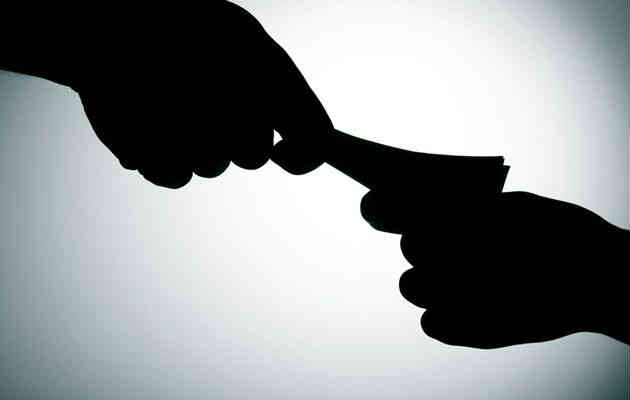Proportion of people who have paid a bribe in the last year to access a public service: in Panama 38%, in Honduras 33%, in El Salvador 31%, in Nicaragua 30%, in Guatemala 28% and in Costa Rica, 24%.
EDITORIAL
The report “People and Corruption: Latin America and the Caribbean”, prepared by Transparency International, shows how inhabitants of Latin American countries have got used to corruption: from the scandalous cases at the highest political level to under the table payments which are made on a daily basis when carrying out procedures as simple as requesting medical care in a public hospital or obtaining a document from a public office.
The report notes that, at the Latin American level, “… less than a third of the citizens who had used a public service in the previous 12 months paid a bribe (29%). Depending on the country’s bribe rates and the size of its adult population, this amounts to more than 90 million people living in the 20 countries surveyed in the region.”
This is how people in Central American countries responded when asked: “How often have you had to pay a bribe, give a gift or do a favor to: a teacher or school official; a health worker or a member of staff in a clinic or hospital, a government official to obtain a document, a government official to receive public services, a police officer, or a judge or judicial officer, or have you never done so?”
Percentage of people who have paid bribes when accessing public services:
El Salvador: 31%
Costa Rica: 24%
Panama: 38%
Guatemala: 28%
Honduras: 33%
Nicaragua: 30%
Costa Rica: 24%
Panama: 38%
Guatemala: 28%
Honduras: 33%
Nicaragua: 30%
Who pays bribes?
The report states: “…We determined that 25% of the better-off people in the region paid a bribe to access basic services while 30% of the poorest people also did so. However, since poor people have lower disposable incomes, bribery payments can represent an absolutely disproportionate burden on their limited resources.”
